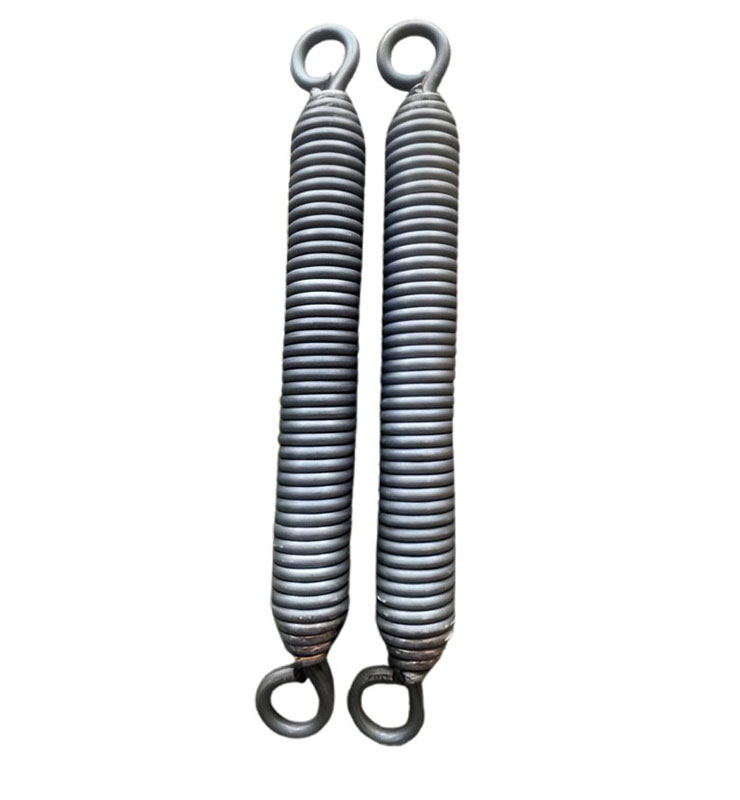
Torsion Springs
A torsion spring is a type of mechanical spring that works by twisting or rotating around its axis. Unlike compression or tension springs, which deal with linear forces, torsion springs store and release energy by being twisted. The force is applied in a rotational direction, and the spring resists this twisting motion, returning to its original position once the force is removed.
Key Features of a Torsion Spring
- Function: Design: A torsion spring typically consists of a coiled wire, often wound into a cylindrical or helical shape, with its ends extending outward. The ends are usually attached to parts that can rotate, so when torque is applied, the spring twists around its central axis.
- Function: Torsion springs resist twisting or rotational forces. When a rotational force (torque) is applied to the spring, it twists and stores energy. When the applied force is released, the spring returns to its original position, releasing the stored energy.
- Material: Torsion springs are commonly made from high-carbon steel, stainless steel, or alloy steels, which provide the necessary strength and resilience for repeated twisting and untwisting cycles.
Applications
- Mechanical Devices: Torsion springs are widely used in devices that require rotational motion, such as in clocks, hinges, and doors.
- Automotive: Used in parts like the mechanism for car doors, hoods, or trunk springs.
- Home Appliances: Common in mechanisms such as garage doors, clothespins, or even some mechanical toys.
- Industrial Machinery: Found in various mechanical systems where rotation is needed, including levers and gears.
How It Works
In essence, a torsion spring is a spring that works by resisting twisting or rotational forces. It stores and releases energy through rotation and is used in applications where controlled rotational movement is necessary.

